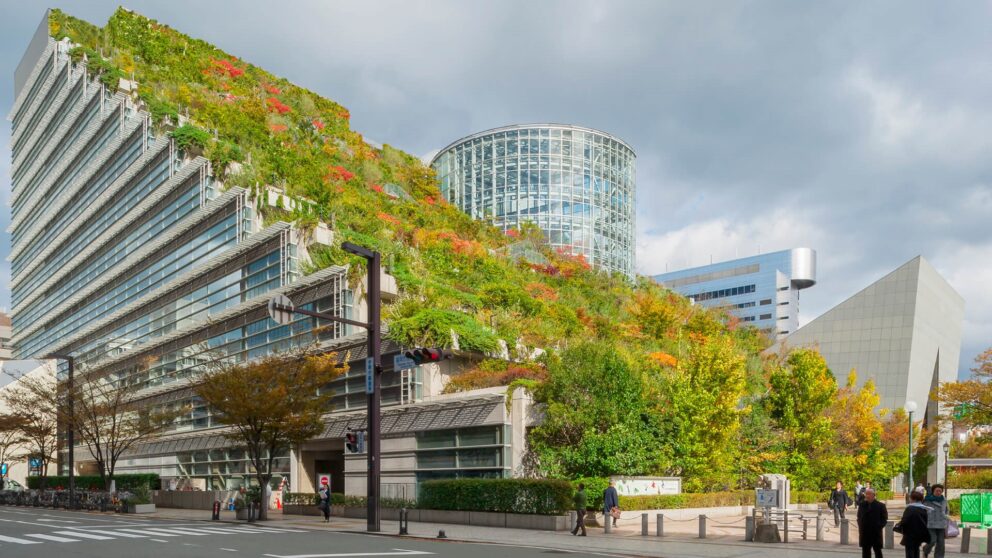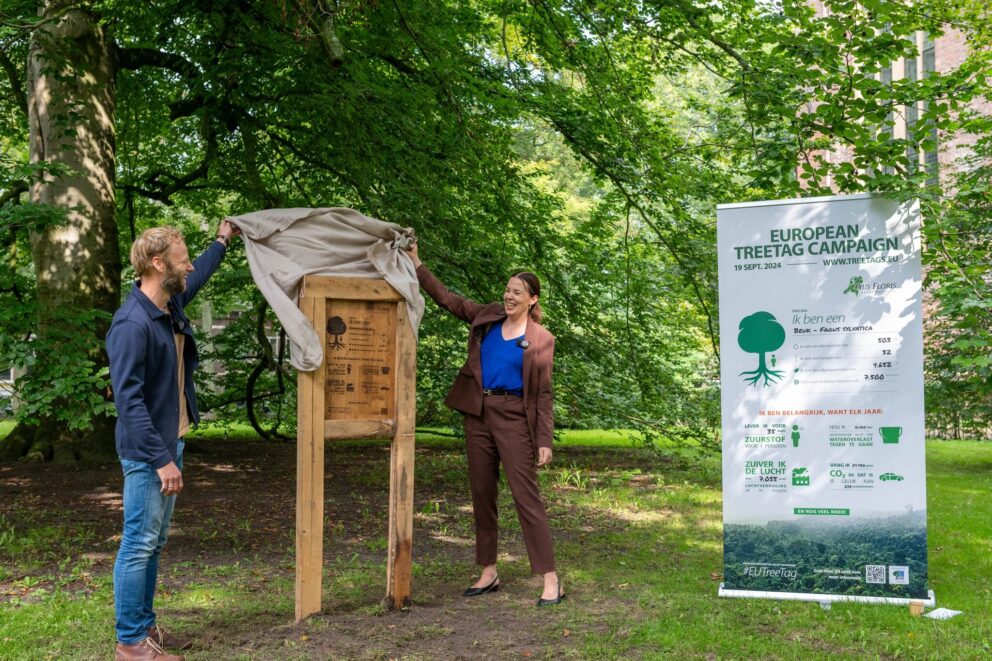Transforming cities from concrete jungles to urban forests has numerous benefits, including, for instance, reducing the urban heat-island effect, increasing urban biodiversity and improving mental health. That’s why all across the globe more and more cities are taking a green turn. But despite being ambitious and well-intentioned, cities rarely meet all the requirements to successfully implement their plans.
Urban greening projects can run into significant barriers. According to Nature.com, research has shown that many cities struggle with the same three issues: no clear processes for actually delivering the greening, not enough staff and a risk-averse organisational culture.
How to Bridge the Gap
The success of urban greening projects depends on a few key elements:
- A well-resourced project team and support at the political and executive level
- A positive and supportive organisational culture with a healthy attitude to risk
- Large-scale technical collaboration between engineers, designers, horticulturists and maintenance crews
- Public support i.e. community engagement
In the research paper, a simple self-assessment tool is included (download here) based on the above success factors. This tool can help cities identify whether they’re capable to actually realise their green ambitions and where they may need improvement.
Urban Greening Depends on Leaders and Collaboration
Individual cities will each face their own particular challenges with their urban greening projects. So what it all comes down to is good executive leadership and large-scale collaboration, to ensure that all the processes are being streamlined.
Delivering urban greening at large scale will leave our cities not only more pleasant and attractive, but also healthier, and more climate-resilient.





